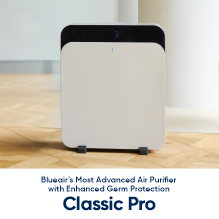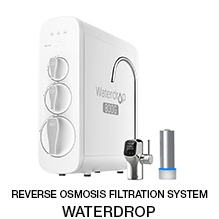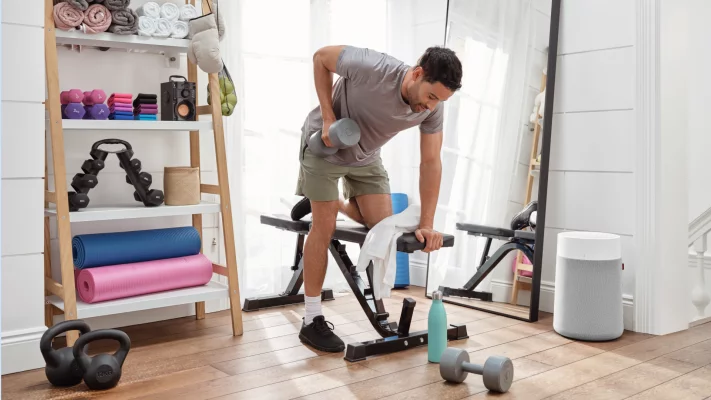- Indoor Air Risks During Extreme Weather: Many people retreat indoors during Jakarta’s heat wave and heavy rains, assuming they’re protected from outdoor pollutants, yet indoor air can often be more polluted, affecting overall health.
- Maintain Floors and Surfaces: Regularly vacuum and use high-pressure steam cleaners to remove dust and allergens from floors, carpets, and fabrics, while preventing excess moisture that can lead to mold.
- Choose Materials Carefully: Opt for dust-resistant furnishings like hard floors and blinds; wash bedding and fabrics in warm water to reduce allergens.
- Control Humidity: Use dehumidifiers to manage high humidity from rain, and humidifiers to counteract dry air from prolonged AC use, keeping humidity levels comfortable.
- Purify the Air: Invest in HEPA-filtered air purifiers to capture fine particles, pollutants, and allergens for fresher, healthier indoor air.
As Jakarta endures a wave of extreme heat and heavy rains, with temperatures soaring and humidity fluctuating, many people are retreating indoors, seeking comfort by cranking up the air conditioning. While this brings cool relief, it can create a false sense of security - air conditioning alone doesn’t guarantee cleaner air. In fact, the indoor air we rely on for refuge is often 2x to 5x more polluted than outdoor air, containing contaminants like dust, mold, and volatile organic compounds (VOCs) from household products, aerosol sprays, and furnishings.
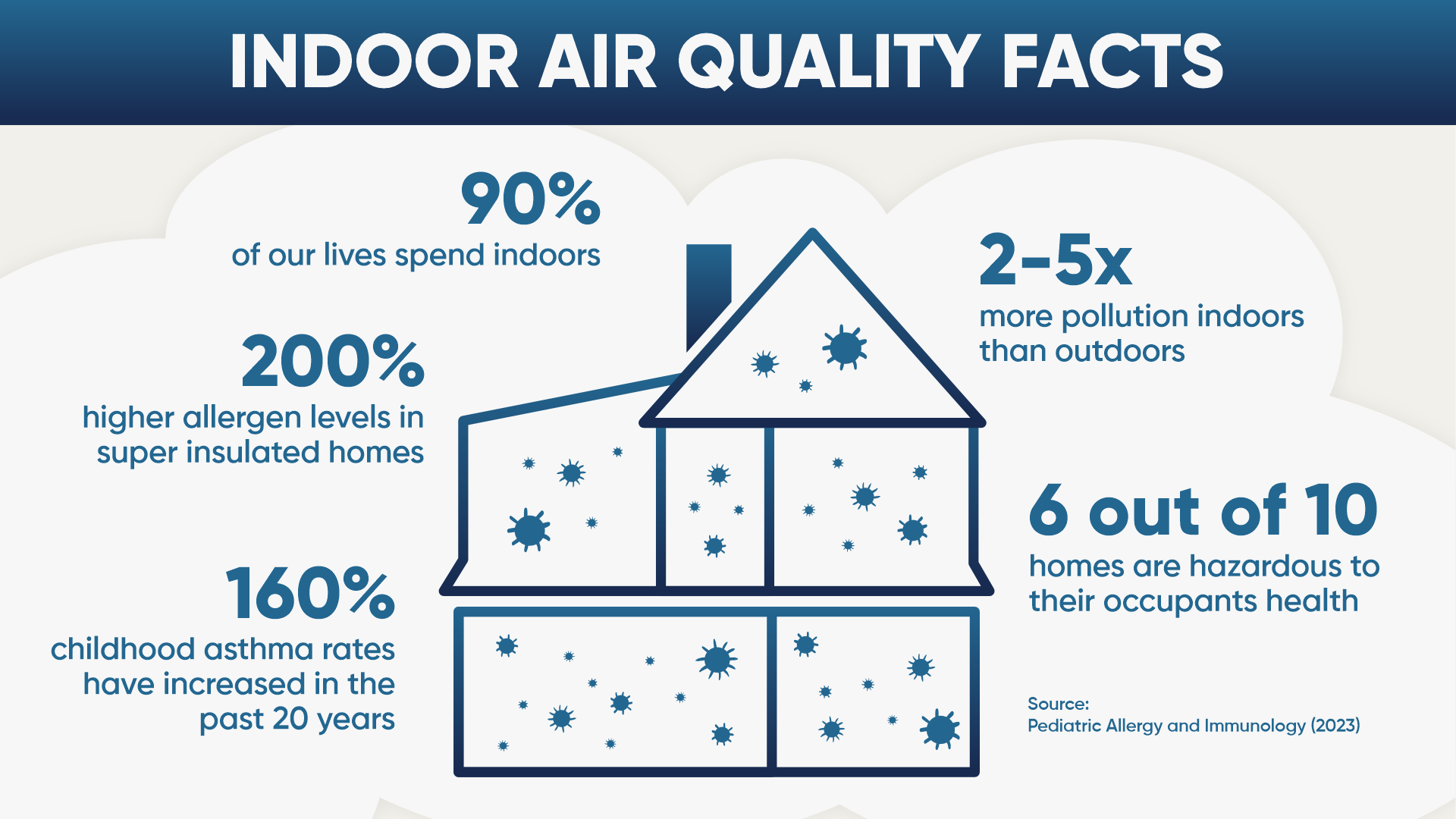
For anyone with allergies, asthma, or respiratory sensitivities, limiting these indoor pollutants is essential. Here are practical steps to keep your indoor air truly fresh and healthy, especially through Jakarta’s challenging heat wave and rainy season.
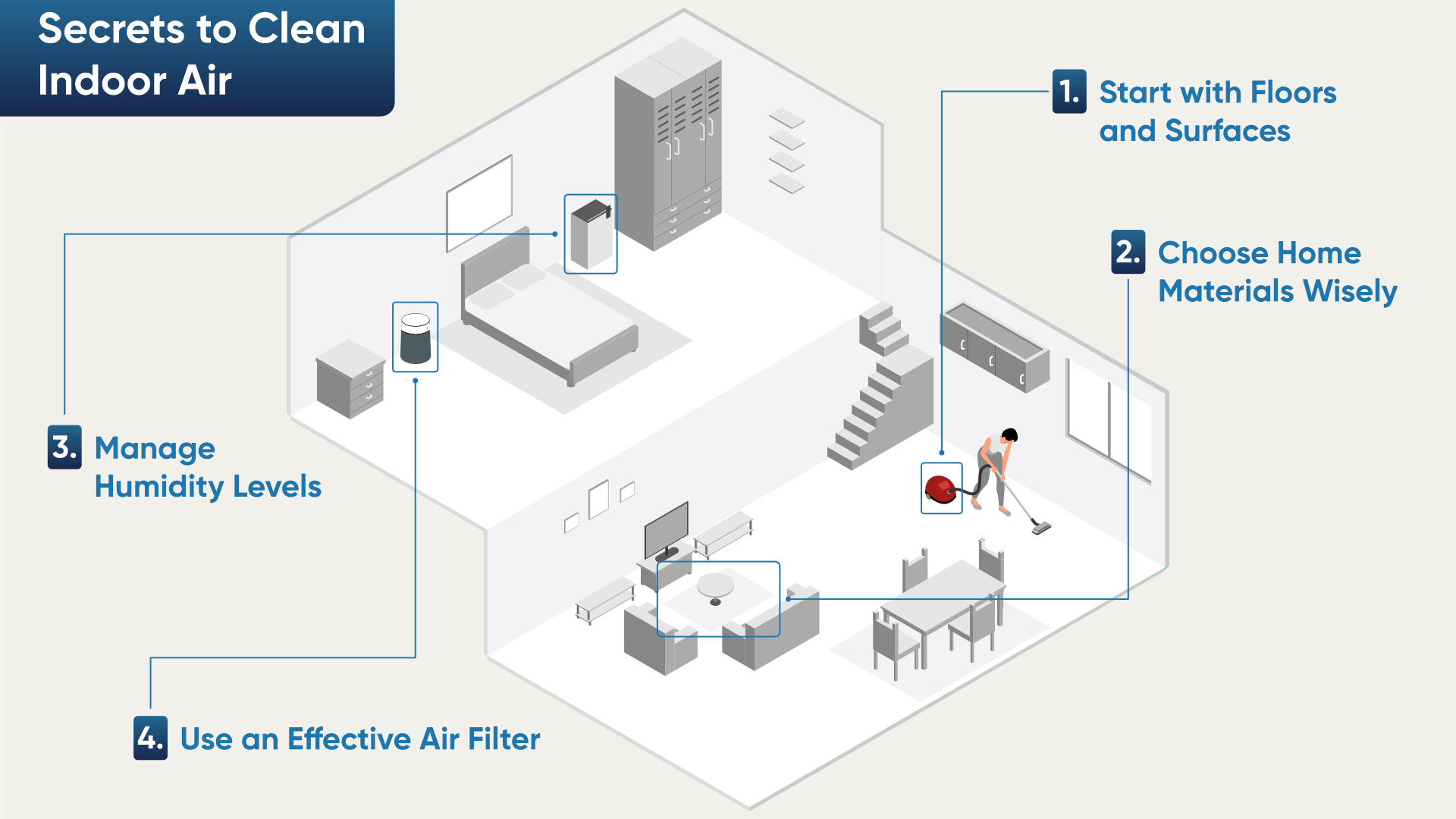
1. Start with Floors and Surfaces
Floors and surfaces collect dust, dirt, and allergens, which can easily become airborne and affect indoor air quality. Cultivating good habits, like taking shoes off and leaving them outside, helps prevent tracking in dirt and contaminants from outside. Once inside, weekly vacuuming and steam cleaning are effective ways to control dust build up, especially for households with pets or allergies.
When selecting a vacuum, look for models that not only have strong suction power but also effective filtration to ensure particles aren’t released back into the air. For a deeper clean, consider using a steam cleaner. Unlike vacuums, steam cleaners such as Steamkleen apply high-pressure, high-temperature steam with low water content, which effectively dislodges dirt from small crevices and surface pores. This high-pressure steam reaches deeper to sanitize surfaces without soaking them. By using low-moisture steam, these cleaners allow surfaces to dry quickly, reducing the risk of carpets or other soft flooring becoming soggy, which can create ideal conditions for unwanted microorganisms to grow.
Be sure to clean hard-to-reach spots, like high corners and behind furniture, where dust can quietly accumulate.
2. Choose Home Materials Wisely
Household textiles like curtains, carpets, and upholstery tend to trap dust and allergens, which can impact air quality, especially for those with allergies or respiratory sensitivities. Consider reducing heavy fabrics and opting for dust-resistant alternatives like hard flooring and rigid blinds. For fabrics you keep, regular vacuuming and steam cleaning are essential to remove allergens and sanitize without harsh chemicals. Steam cleaning is particularly effective at eliminating germs and allergens embedded deep within fabric fibers, helping to maintain a healthier indoor environment. Additionally, regularly washing and laundering items such as bedding and other washable fabrics in warm water can further help to reduce allergens and keep your home fresher.
3. Manage Humidity Levels
With heavy rains driving up indoor humidity, maintaining a balanced moisture level is crucial to prevent mould growth and dust mite infestations, which can trigger allergies. Aim to keep humidity between 40-60%, using a high precision dehumidifiers such as Albert and Lukas from Stadlerform. High humidity levels create an ideal environment for dust mites and mould, so encase pillows and mattresses in dust-proof covers and wash bedding weekly in hot water. While air conditioners can help reduce humidity, they are not ideal for humidity control, as they lack hygrostats to make precise adjustments. Additionally, prolonged use of air conditioners can drive up energy costs and may over-dry the air, leading to discomforts like dry skin, sore throats, or chapped lips. In such a case, a humidifier from Boneco can restore and maintain humidity to a comfortable, healthy level.
4. Use an Effective Air Filter
Standard filters in HVAC systems such as air conditioners are designed mainly to protect the system, not to filter fine particulates from the air. To improve indoor air quality, consider using an air purifier with a HEPA filter, like those from Blueair. HEPA filters capture microscopic pollutants, including smoke, dust, mold, and pollen, which could otherwise linger in the air and affect respiratory health. This layer of filtration goes beyond basic dust capture, creating a cleaner, fresher indoor environment even when conditions outside are less than ideal.
Modern Tools for a Healthier Home
Climate change is wreaking havoc worldwide, and Indonesia is no exception, with Jakarta experiencing near-record temperatures and intense, heavy rains. These environmental shifts affect both our health and comfort, making it essential to be prepared and to understand the modern technologies that can help counter their impact. Each tool, from air purifiers and dehumidifiers to humidifiers and steam cleaners, plays a distinct but crucial role in maintaining a truly comfortable and healthy indoor environment - not just an illusion of security.
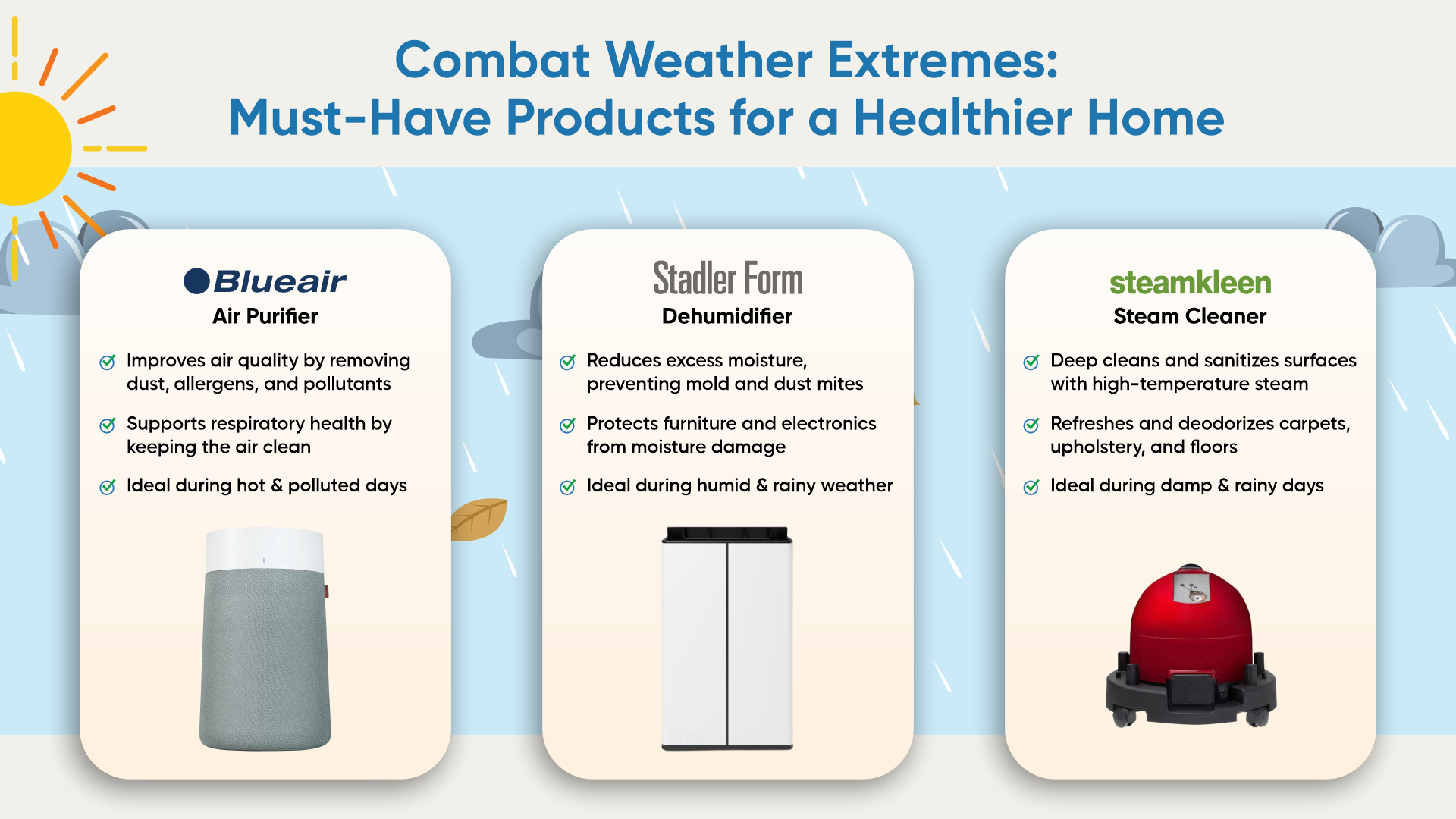
Air purifiers are essential for capturing airborne pollutants, keeping indoor air as clean and breathable as possible. Dehumidifiers control excess moisture during humid periods, preventing the growth of mould and dust mites, while humidifiers add moisture to overly dry air, maintaining an ideal balance. Steam cleaners, meanwhile, help sanitize surfaces deeply, removing embedded dirt and allergens without the need for harsh chemicals. Together, these devices create a cleaner, safer home environment that promotes well-being through each season’s challenges.

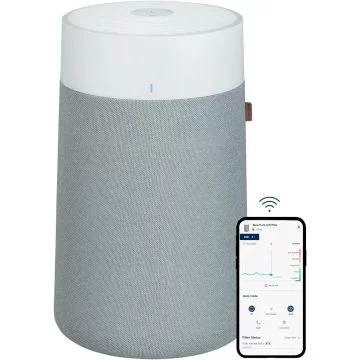 Blueair Blue Pure Max 3250i Air Purifier with Particle + Carbon Filter - Small Room - 20 m²Special Price Rp. 3,790,500 Regular Price Rp. 3,990,000
Blueair Blue Pure Max 3250i Air Purifier with Particle + Carbon Filter - Small Room - 20 m²Special Price Rp. 3,790,500 Regular Price Rp. 3,990,000
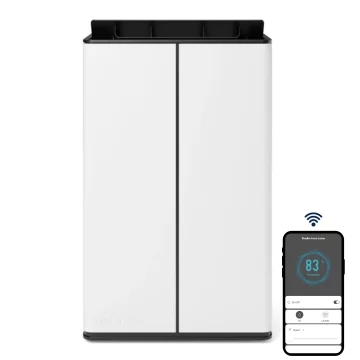 Stadler Form Lukas Air DehumidifierSpecial Price Rp. 6,863,400 Regular Price Rp. 7,380,000
Stadler Form Lukas Air DehumidifierSpecial Price Rp. 6,863,400 Regular Price Rp. 7,380,000
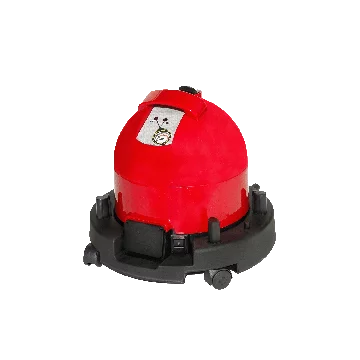 Steamkleen HOMEPROSpecial Price Rp. 13,500,000 Regular Price Rp. 15,000,000
Steamkleen HOMEPROSpecial Price Rp. 13,500,000 Regular Price Rp. 15,000,000

